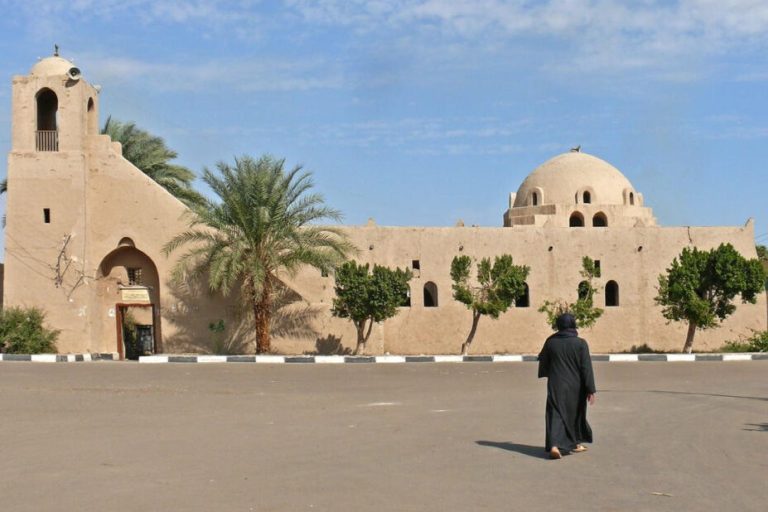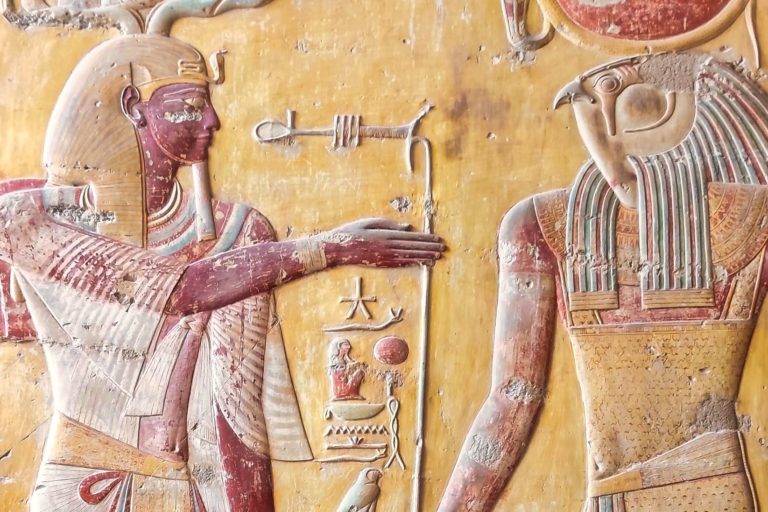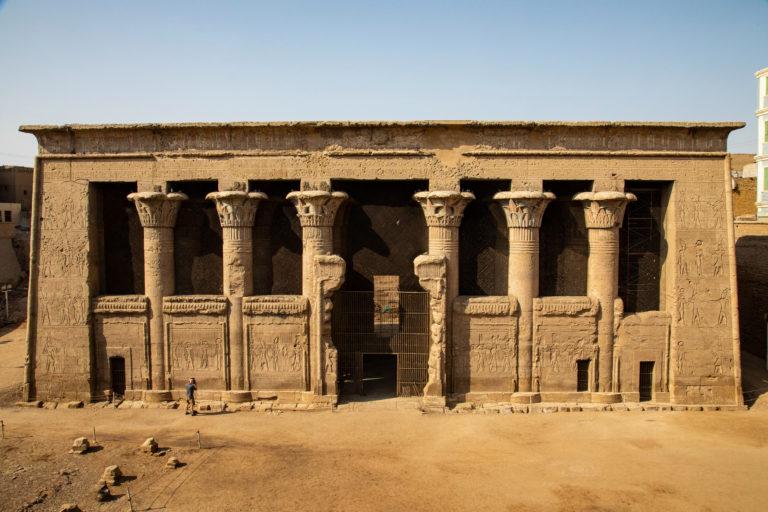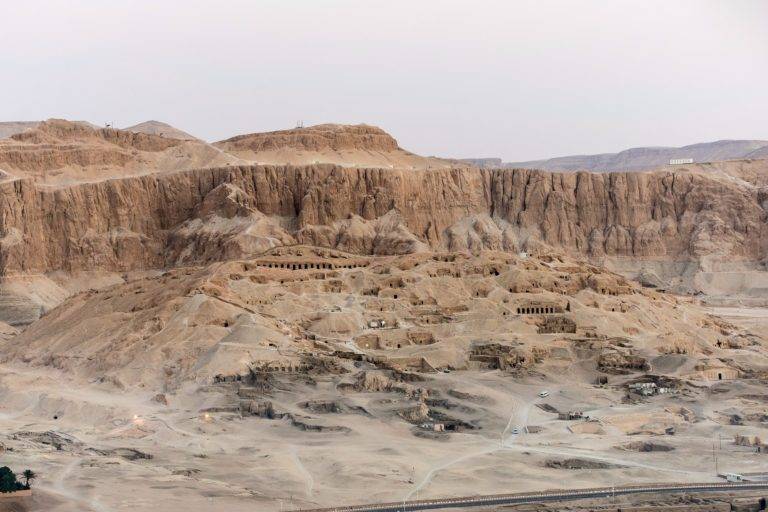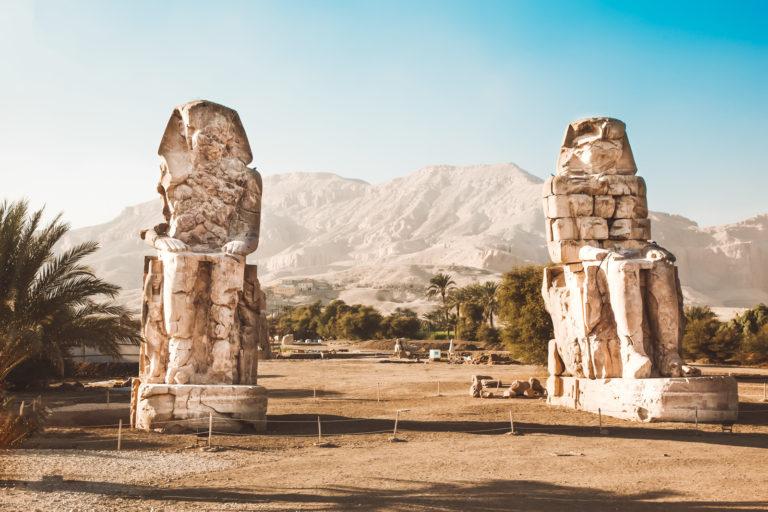Tomb Of Rekhmire
TT100
On the West Bank of Luxor, above the fertile Nile plain, you can find the Tomb of Rekhmire (TT100). This tomb is part of the Theban Necropolis and is quite fascinating. Unlike the famous treasures of the Valley of the Kings, it doesn’t have hidden chambers or royal sarcophagi. Instead, it provides a clear and colorful picture of how ancient Egypt worked at its peak.
Rekhmire was a vizier, not a pharaoh. He served as the highest official under the kings Thutmose III and Amenhotep II. His tomb is well-known for its detailed wall paintings, which celebrate his career. These paintings also show the roles of a vizier, how Egyptian society functioned, and the skill of craftsmen. For visitors who want to explore more than just the grand temples and royal tombs, TT100 is a must-see.
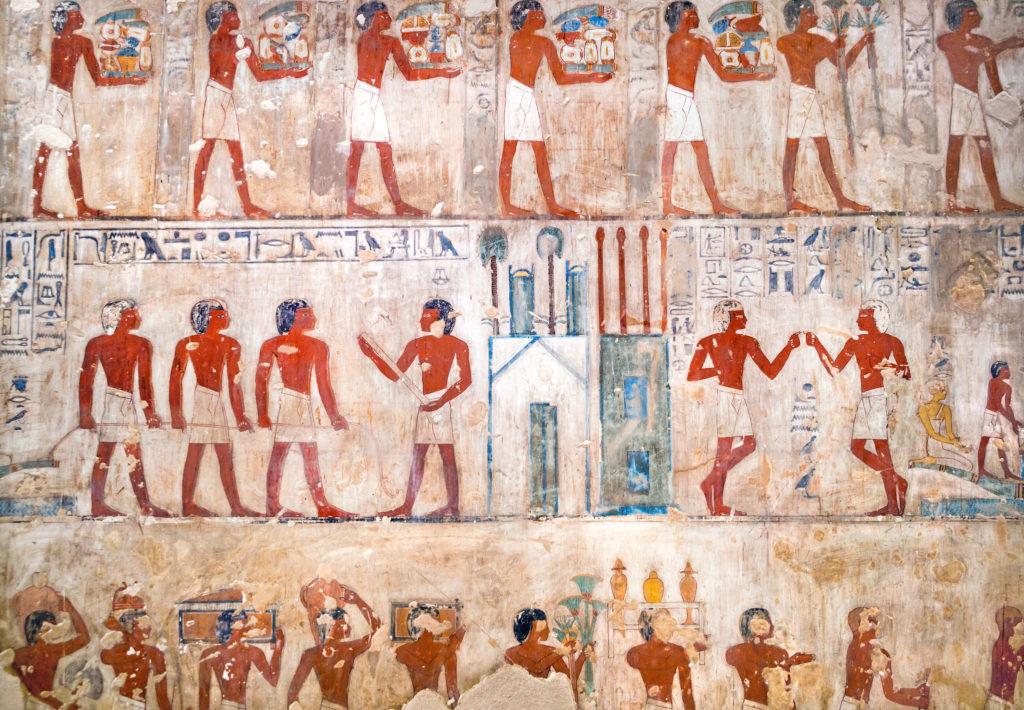
Who Was Rekhmire?
Rekhmire lived during the 18th Dynasty, a powerful and prosperous time in ancient Egypt. As vizier, he acted as the prime minister of Upper Egypt, responsible for the following:
– Justice: He presided over courts and made sure laws were followed.
– Taxation: He supervised the collection of tribute and resources.
– Construction: He oversaw temple building projects, including work at Karnak.
– Administration: He served as Mayor of Thebes and managed the city’s affairs.
– Religion: He acted as Steward of Amun at Karnak, a very important religious role.
The inscriptions in his tomb include the well-known “Duties of the Vizier,” which details his responsibilities. This makes TT100 not only a burial site but also a historical record of governance in the New Kingdom.
Luxor Tours & Activities
Looking to save some costs on your travel? Why not join a shared group tour to explore Luxor, Egypt? Here are some activities you might be interested in:
Location & Layout of TT100
The tomb is in Sheikh Abd el-Qurna, part of the Tombs of the Nobles on the West Bank of Luxor. Noble tombs were often used as chapels for family offerings, not as burial places like royal tombs.
TT100 has a T-shaped design, typical of noble tombs. It features a long entrance corridor that leads to a transverse hall, ending in a shrine at the back.
Researchers believe Rekhmire’s actual burial might be located elsewhere, possibly in the Valley of the Kings. TT100 served mainly as a mortuary chapel.
The tomb faces east toward the Nile, which connects Rekhmire with the rising sun and the idea of rebirth.
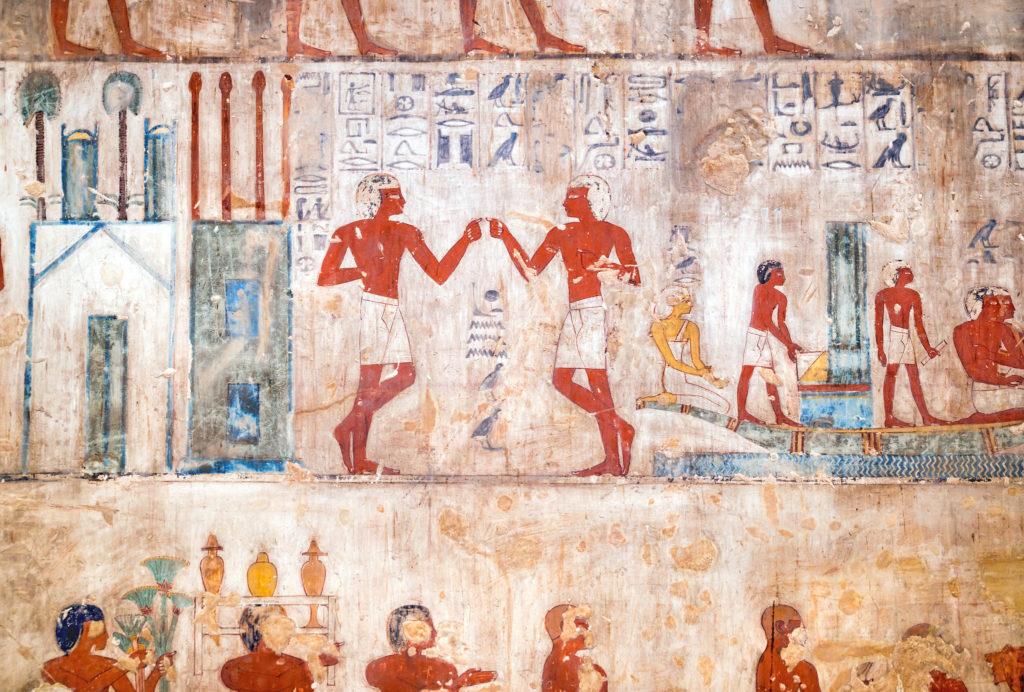
Wall Paintings & Inscriptions
The main value of TT100 is its wall paintings, which provide some of the clearest and best-preserved images of daily life in ancient Egypt.
The walls show lively scenes of workers:
– Metalworkers create tools and jewelry.
– Potters shaping bowls and jars.
– Weavers making fine linen.
– Brickmakers building structures.
These images are important for historians because they offer a rare look into the work and skills that supported Egypt’s empire.
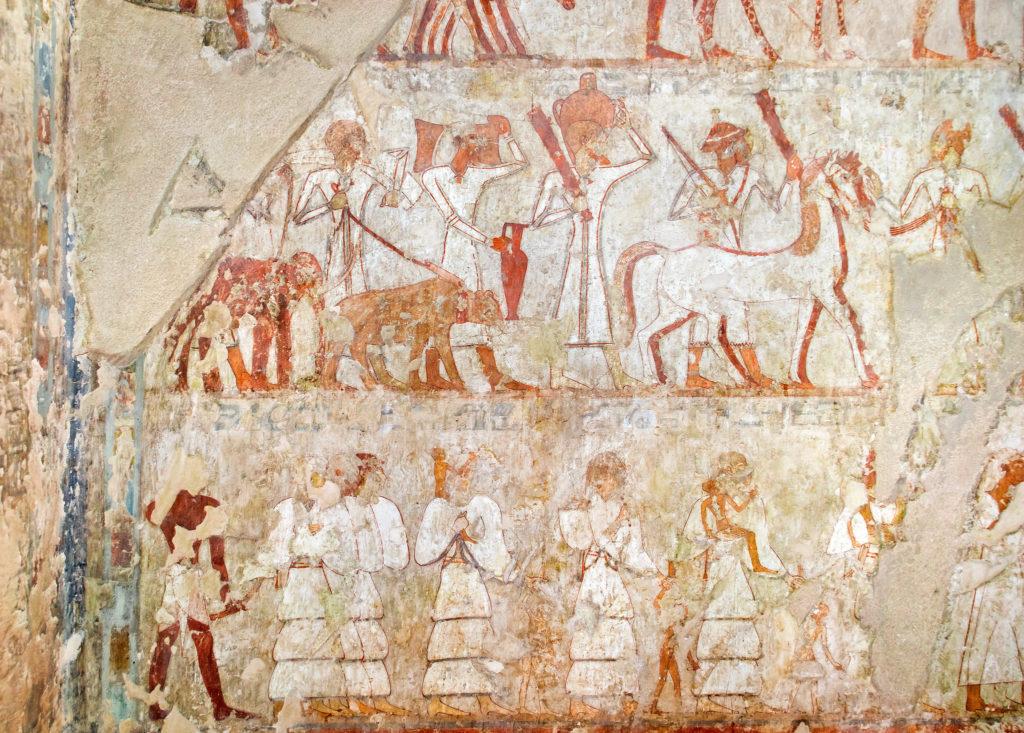
Foreign Tribute & Diplomacy
Another striking set of scenes shows foreign delegations bringing tribute to the pharaoh. Nubians, Syrians, and other peoples are depicted with their distinctive clothing and gifts—ivory, exotic animals, and luxury goods. These images highlight Egypt’s role as a dominant power in the ancient world.
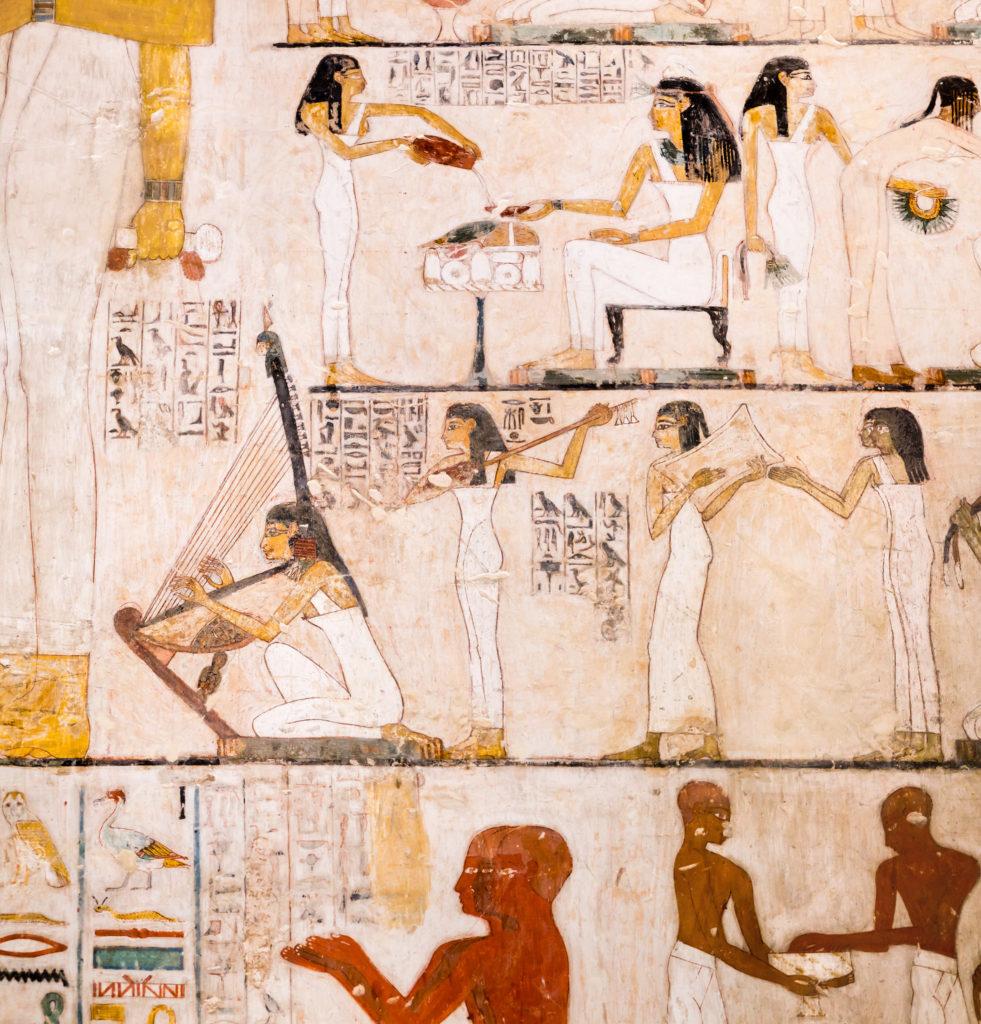
Religious Rituals
Priests are shown performing offerings, while Rekhmire himself is depicted receiving blessings from the gods. These scenes emphasize his piety and his role as a mediator between the divine and the earthly realms.
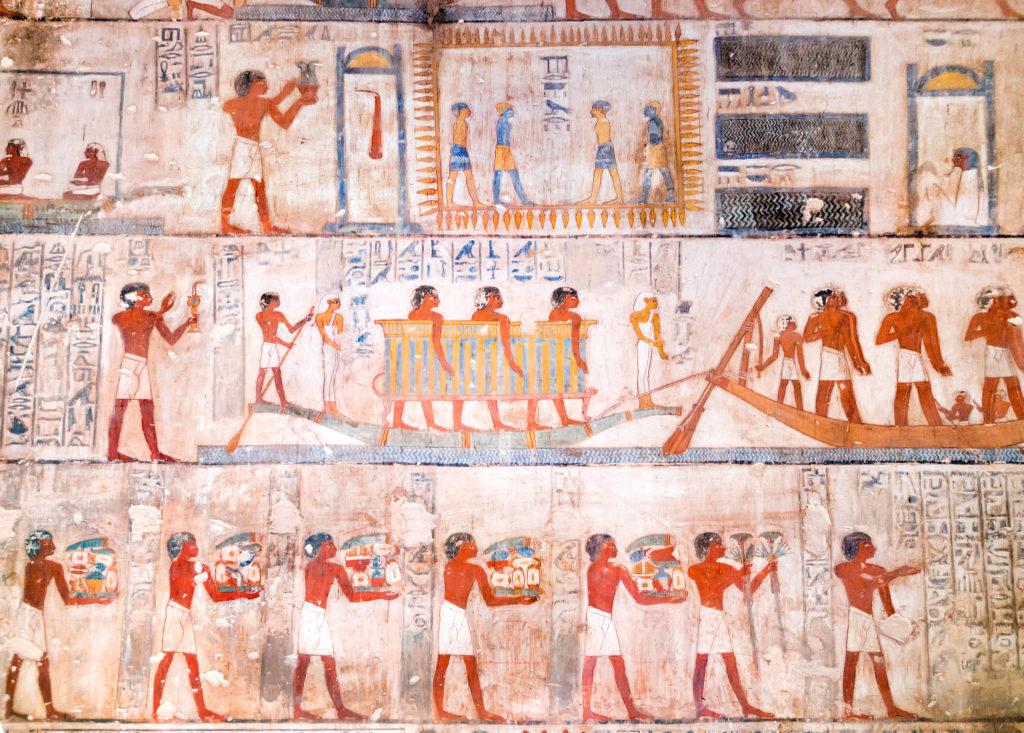
The Duties of the Vizier
Perhaps the most famous inscription in TT100 is the “Installation of the Vizier”, a text that outlines the ethical and administrative responsibilities of the office. It stresses fairness, impartiality, and loyalty to the king—values that defined Rekhmire’s career.
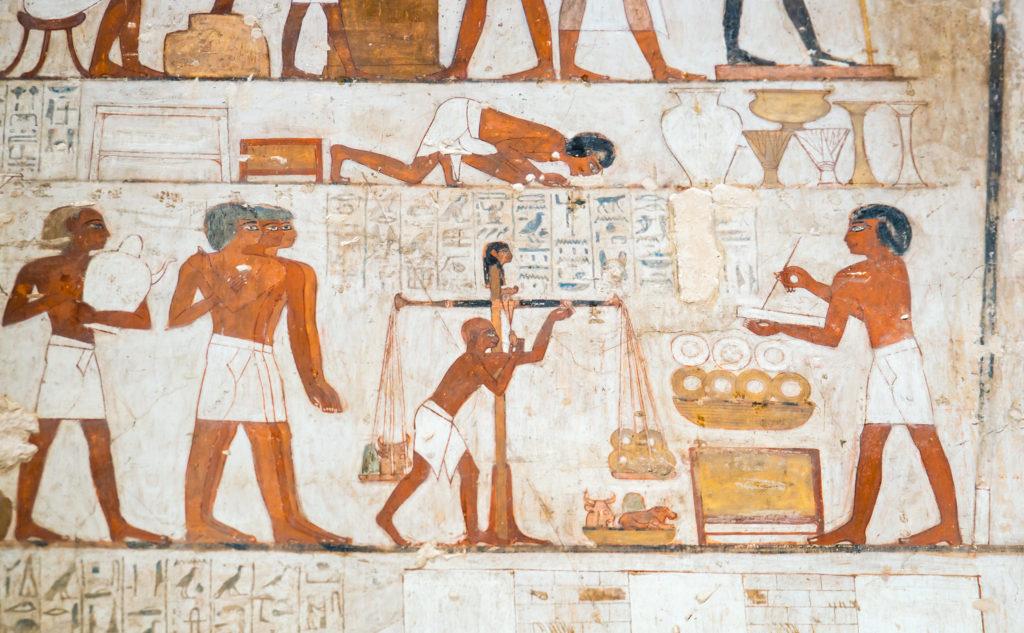
Historical Significance
The Tomb of Rekhmire is not only an impressive piece of art but also an important historical record. Scholars appreciate it for several reasons:
1. Administrative History: It contains the “Duties of the Vizier,” which is a key text about government functions during the New Kingdom.
2. Ethnographic Detail: The tomb features scenes of tributes that show rare images of foreign people and their goods.
3. Artistic Innovation: The paintings in the tomb display great detail and lifelike quality, showcasing the artistic skills of the 18th Dynasty.
4. Social History: The images of craftsmen and workers provide valuable insights into the everyday lives of common Egyptians, which are often missing in royal monuments.

Why TT100 Should Be on Your Itinerary
While many visitors to Luxor focus on the Valley of the Kings or Karnak Temple, the Tomb of Rekhmire offers a different kind of magic. It is not about royal grandeur but about the machinery of empire—the administrators, craftsmen, and rituals that kept Egypt running.
Here’s why TT100 stands out:
- For history lovers: It provides unique insights into governance and diplomacy.
- For art enthusiasts: The wall paintings are among the most detailed in the Theban Necropolis.
- For cultural travelers: It connects you to the lives of ordinary Egyptians, not just kings.
- For families: The lively scenes of daily life are engaging for children and adults alike.
The Tomb of Rekhmire (TT100) is more than a burial monument—it is a storybook of ancient Egypt’s golden age. Through its vivid wall paintings, we see not only the grandeur of empire but also the hands of the craftsmen, the faces of foreign envoys, and the ideals of justice and fairness that guided one of Egypt’s most powerful officials.
For travelers, TT100 offers an intimate, human-scale experience that complements the awe of Luxor’s grand temples and royal tombs. To walk through its halls is to step into the world of a man who stood at the heart of Egypt’s administration, balancing power, piety, and duty.
When you plan your journey to Luxor, don’t miss this gem of the Tombs of the Nobles. Rekhmire’s story, painted on the walls of TT100, still speaks across three millennia—reminding us that history is not only about kings and battles, but also about the administrators, artisans, and ideals that shaped a civilization.
Did you know that
By purchasing through our links, you support us at no additional cost.
Thank you for your support. ♥️

